 I got a call yesterday from a former client who I’ve been trying to reach for the last couple of months (truth be told it was more like three months!).
I got a call yesterday from a former client who I’ve been trying to reach for the last couple of months (truth be told it was more like three months!).
He usually gets back to me within two days tops. So, you can guess my surprise at getting his call! Seeing his name pop up on my caller ID I picked up immediately.
My client apologized profusely for not getting back to me. He mentioned that I’ve been on his mind and on his “to call” list but has never quite found the time to fit me in. He said, “Meetings, meetings, meetings! I’m in them all of the time and I can’t seem to get any work done! As a matter of fact, I only have five minutes to talk before I go into my next meeting!”
I thought to myself, “You can’t get any work done? What’s the purpose for having all of those meetings anyway?”
There are many positive and negative reasons for holding meetings. One of the negative reasons to hold a meeting is “because it’s on the calendar.” To have a more productive meeting, it should be scheduled for any one or all of the following reasons:
- To share information or knowledge that cannot be otherwise shared in a more effective and efficient manner. This may include training, explaining a policy, introducing a new program, project, product or service, reviewing competitive practices, etc.
- To solve a problem that requires the input of others (i.e. a brainstorming session).
- To obtain feedback on priorities and where organizational resources should be devoted to (i.e. project planning and scheduling).
- To make decisions based on the consensus of the group.
- To promote team building.
Of course, the reasons for setting up meetings should be more specific than the five listed above. You should always define meeting objectives in terms of the needs of the meeting participants; in other words “what is it that they can expect to gain from attending the meeting?”
Even if there is a good reason for holding a meeting, Ingrid Bens, of the consulting firm, Participative Dynamics, says ineffective meetings may still result. In her book Facilitation at a Glance!: A Pocket Guide of Tools and Techniques for Effective Meeting Facilitation she cites the following reasons:
- Meeting participants are not clear about the meeting objective.
- A vague or nonexistent agenda.
- No time limits on discussion of agenda topics.
- No discernible process for working on important issues.
- No one is leading the discussion.
- People haven’t done their homework.
- Discussions go in circles.
- Lack of closure on discussion items.
- People area emotionally arguing points of view rather than debating issues.
- A few people dominate the discussion while other meeting participants sit by passively.
- Meetings that end without a detailed plan of action for agreed to next steps.
- The absence of any process checking during the meeting as it unfolds.
- No meeting evaluation at the end of the meeting.
By contrast Bens says that effective meetings share the following key ingredients:
- A detailed agenda that spells out what will be discussed, the purpose of the discussion, who is bringing that item forward, and the estimated time of discussion.
- A clear description of the process that will be used for each agenda item.
- Assigned roles i.e. facilitator, timekeeper, scribe, etc.
- An understanding of decision making options and how they will be used.
- Everyone understands meeting behavior expectations.
- Periodic checks to make sure progress is being made.
- Detailed minutes.
- Specific action plans.
- A post meeting evaluation.
Suggestions for Planning and Conducting Effective Meetings:
Step 1: Develop and Use a Detailed Agenda
Each meeting should have a detailed agenda that spells out in detail the following:
- Meeting objective: Why are you having this meeting? Keep in mind the five reasons listed above. The objective of the meeting should be clearly stated and understood by all meeting participants prior to the meeting.
- Meeting participants: Only people who can expect to gain or can benefit from attending the meeting should be invited.
- Agenda Item/Topic: Each agenda item/topic should be clearly spelled out and agreed to prior to the meeting.
- Purpose: Each agenda item/topic should have a clearly stated purpose of why the item/topic is on the agenda and what needs to be accomplished. If the purpose is to reach a decision, make sure everyone understands how decisions will be made.
- Time: Each agenda item should have a time guideline. An agreement should be made before hand on how to handle time overruns.
- The person who will be leading the item/topic discussion: The name of the person leading the discussion or who brought the item/topic forward should be listed on the agenda.
- Process: A description of how the discussion will be held should be listed. The process describes the tools and techniques to be used and how participation will be managed.
- Preparation: Meeting participants should come to the meeting prepared. This section spells out what “homework” is required.
- Action/Decision/Next Steps: Use this portion of the agenda to make sure people know what’s expected of them (what they should be working on). Never let the meeting end without the group clearly understanding what actions they need to take, what decisions have been made and the next steps. This can be used to develop the agenda for the next meeting.
Step 2: Clarify Roles and Responsibilities
Effective meetings require that roles and responsibilities of meeting participants are clearly defined. We recommend the following key roles:
- Chairperson: This is the person that runs the meeting but also offers opinions and engages in the discussion if he or she chooses. The chairperson does not need to be neutral. Most often, the chairperson is the official leader, who plays an active role as decision maker and opinion leader.
- Minute taker: A rotating role. This person is the official secretary of the meeting. Takes accurate concise notes of what is discussed and the decisions made and makes sure they are distributed in a timely manner to all meeting participants.
- Time-keeper: A rotating role. This person keeps track of time and reminds the group if they are staying within the time guidelines.
Step 3: Make Sure Everyone Understands Meeting Behavior Expectations
Participants should come up with a list of behavior expectations or “meeting rules.” This list could include rules such as “only one person talks at a time,” “we will respect the ideas and opinions of others,” and so on.
Step 4: Make Periodic Process Checks
Process checking should be done at appropriate times during the meeting to keep the meeting from going “off agenda.” It involves stopping the meeting and asking the group “How is the meeting going? Are we making progress? Are problems being solved? Are decisions being made?”
Step 5: Evaluate the Meeting
Always get the group to review and evaluate each meeting. This should include suggestions on what can be done to improve the next meeting and feedback for the chairperson.
We trust these 5 Steps will help you plan and conduct your next meeting more effectively. If you would like assistance on how to plan and conduct effective meetings click here to learn more about our service, Meetings with Ease!
For the month of August, Najera Consulting Group will be conducting Free 1 Hour Strategy Sessions for a limited number of owners of small to medium sized businesses and non-profit executive directors.
Schedule Your Session Today and:
• Gain better clarity of your organization’s vision.
• Uncover hidden challenges and blind spots that could be sabotaging your success
• Leave this session renewed, inspired, and re-energized about your business or non-profit.
Space is Limited. Click here to contact us with the subject line, “Free Strategy Session” or call: 630-326-3238
 About the Author:
About the Author:
Gabriel Najera is the president & founder of the Najera Consulting Group. Gabriel is a frequent speaker to organizations. And, is a highly sought after advisor to corporate and nonprofit executives looking to develop a strategic thinking mindset.
Gabriel is the author of the forthcoming book, Lessons From the Field: From Farmworker to Fortune 500 Consultant. Gabriel is available to speak to your organization. To inquire about scheduling Gabriel for an upcoming speaking engagement or to inquire about our consulting services, please click on this link.
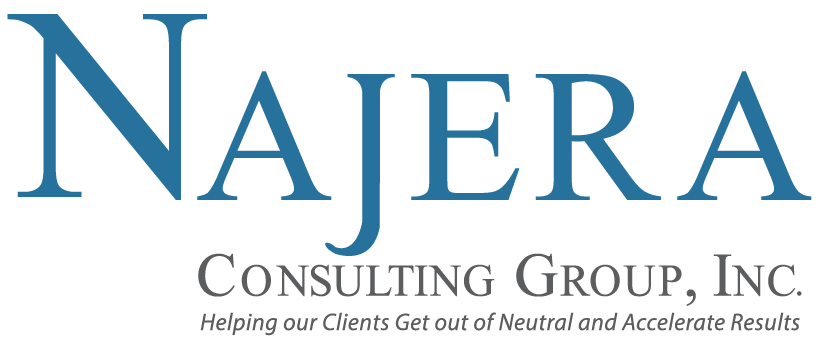
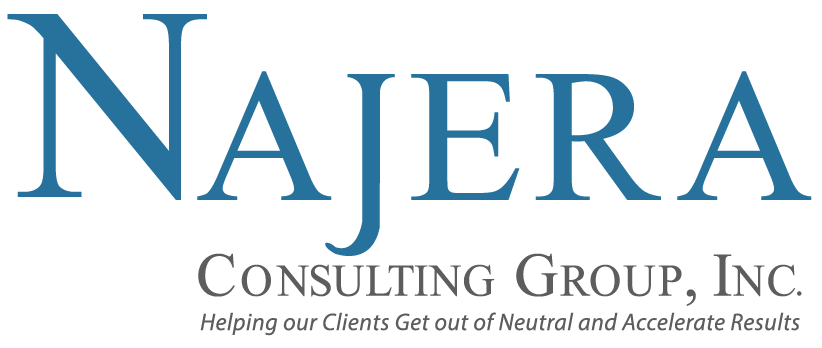

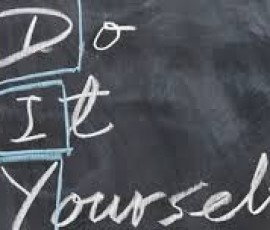
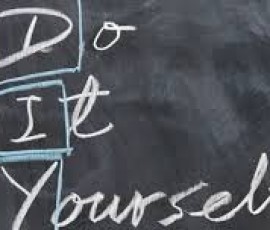

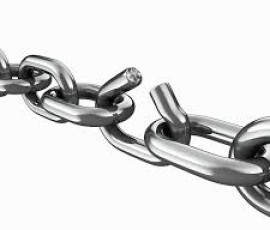
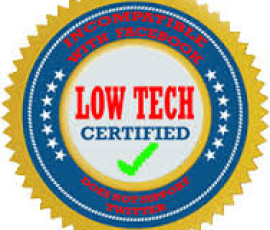
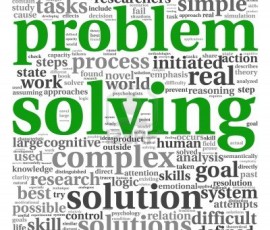


Sorry, the comment form is closed at this time.